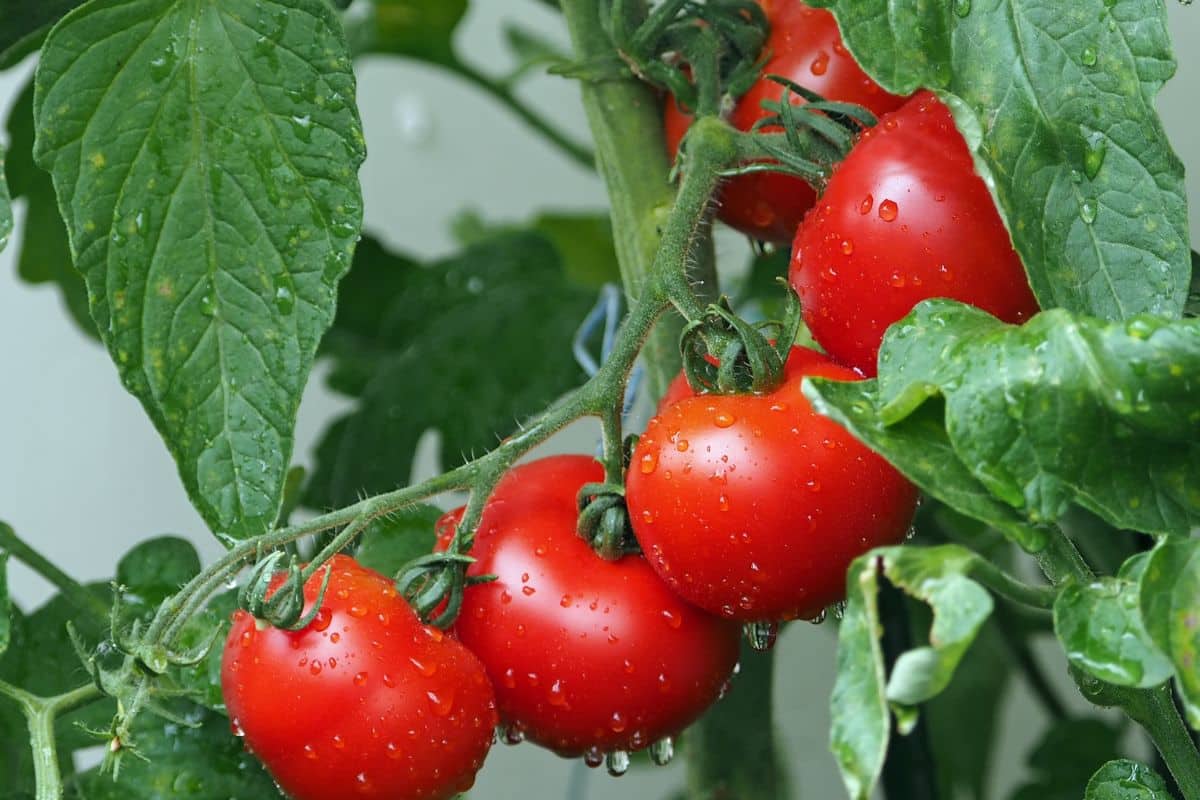Transplanting tomatoes requires precise timing to ensure your plants develop strong root systems and produce abundant harvests. Many gardeners wonder about the optimal transplantation window and worry about missing their chance for success. Understanding the critical factors that determine transplant timing helps you make informed decisions about your tomato garden.
Temperature considerations play a crucial role in transplant success. Soil temperature must reach at least 60°F consistently, while nighttime air temperatures should remain above 50°F. Cold soil stunts root development and increases disease susceptibility. Young tomato plants cannot tolerate frost, making weather monitoring essential for transplant timing decisions.
Critical timing factors for tomato transplantation
The last frost date in your region serves as the primary benchmark for transplant timing. Most gardeners should wait until two weeks after the last expected frost to ensure safety. However, soil conditions matter equally. Even after frost danger passes, cold soil prevents proper root establishment and nutrient uptake.
Plant maturity significantly impacts transplant success rates. Seedlings with 4-6 true leaves handle transplantation better than smaller plants. Younger seedlings often experience transplant shock more severely, leading to stunted growth or plant death. The stem should be sturdy enough to support the plant without staking immediately after transplantation.
Seasonal timing varies by geographic location and climate zone. In northern regions, transplanting typically occurs between late May and early June. Southern gardeners can often transplant earlier, sometimes as early as mid-April. Mountain regions and areas with unpredictable spring weather require extra caution and flexibility in timing decisions.
Weather patterns beyond frost dates affect transplant success. Extended periods of cold, wet weather create challenging conditions for newly transplanted tomatoes. These plants prefer warm, settled weather that promotes rapid root establishment. Monitoring weekly weather forecasts helps determine optimal transplantation windows. Will tomatoes grow in 4 hours of sun becomes relevant when considering light conditions alongside timing factors.
Signs that indicate transplant timing issues
Several indicators suggest you’ve waited too long to transplant your tomato seedlings. Root-bound plants show roots circling the container bottom or growing through drainage holes. These plants experience increased transplant shock and slower establishment in garden soil.
Yellowing lower leaves often indicate nutrient depletion in container soil, suggesting immediate transplantation needs. Plants becoming leggy or stretching toward light sources also require prompt transplanting to prevent weak stem development. Overcrowded seedlings competing for resources show stunted growth and increased disease susceptibility.
Temperature stress signs include wilting during warm days despite adequate soil moisture. Plants showing purple leaf undersides often experience phosphorus deficiency related to cold stress. These symptoms indicate urgent transplantation needs, provided outdoor conditions remain favorable.
Container size limitations become apparent when plants outgrow their growing space. Small pots restrict root development and require frequent watering, creating stress conditions. Plants in inadequate containers often show rapid moisture loss and frequent wilting between waterings. Understanding how to plant tomatoes in the ground properly becomes crucial at this stage.
Late season transplant strategies
When circumstances force late transplanting, several techniques improve success rates. Hardening off processes become even more critical for late transplants. Gradually expose plants to outdoor conditions over 7-10 days, starting with brief morning exposure and extending time daily.
Site preparation requires extra attention for late transplants. Choose the warmest, most protected location in your garden. South-facing areas with wind protection offer ideal microclimates. Raised beds warm faster than ground-level plots, providing temperature advantages for late transplants.
Soil amendments can compensate for timing challenges. Adding compost or aged manure improves soil structure and nutrient availability. Mulching around transplants helps regulate soil temperature and moisture levels. Black plastic mulch warms soil faster, while organic mulches provide gradual warming and moisture retention.
Variety selection becomes crucial for late transplanting situations. Choose determinate varieties with shorter maturation periods for late season planting. Cherry tomatoes and early varieties adapt better to compressed growing seasons. Consider companion planting strategies, such as companion plants for grapevines if growing multiple crops together.
Maximizing success with delayed transplants
Protection methods help late transplants establish successfully despite timing challenges. Row covers or cloches create favorable microclimates around newly transplanted seedlings. These protective barriers trap heat and shield plants from wind stress during establishment periods.
Watering strategies require adjustment for late transplants. Deep, infrequent watering encourages root development, while shallow, frequent watering creates surface root systems vulnerable to stress. Monitor soil moisture levels closely during the first two weeks after transplantation.
Consider succession planting techniques to extend harvest periods despite late starts. Plant varieties with different maturation times to spread harvests throughout the growing season. Fast-maturing varieties can still produce substantial yields when transplanted later than optimal timing suggests.
Garden planning should account for potential timing delays in future seasons. Starting seedlings indoors earlier provides flexibility for outdoor transplanting decisions. Maintaining backup plants allows replacement of failed transplants without significant season delays. Learning from timing mistakes improves future gardening success rates.
Alternative growing methods offer solutions when ground transplanting becomes impractical. Container gardening extends transplant timing flexibility, as pots can be moved indoors during unexpected cold snaps. Greenhouse cultivation eliminates many timing constraints associated with outdoor transplantation. Understanding various companion planting options helps optimize limited growing space regardless of timing challenges.

